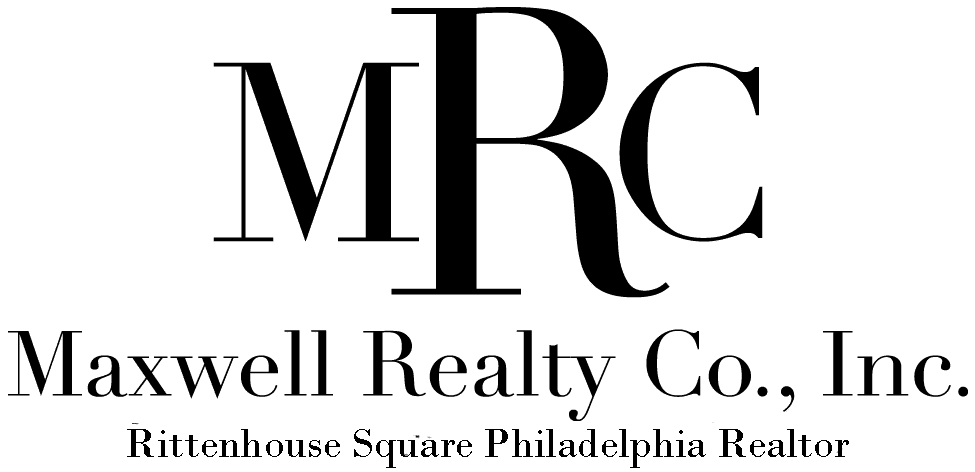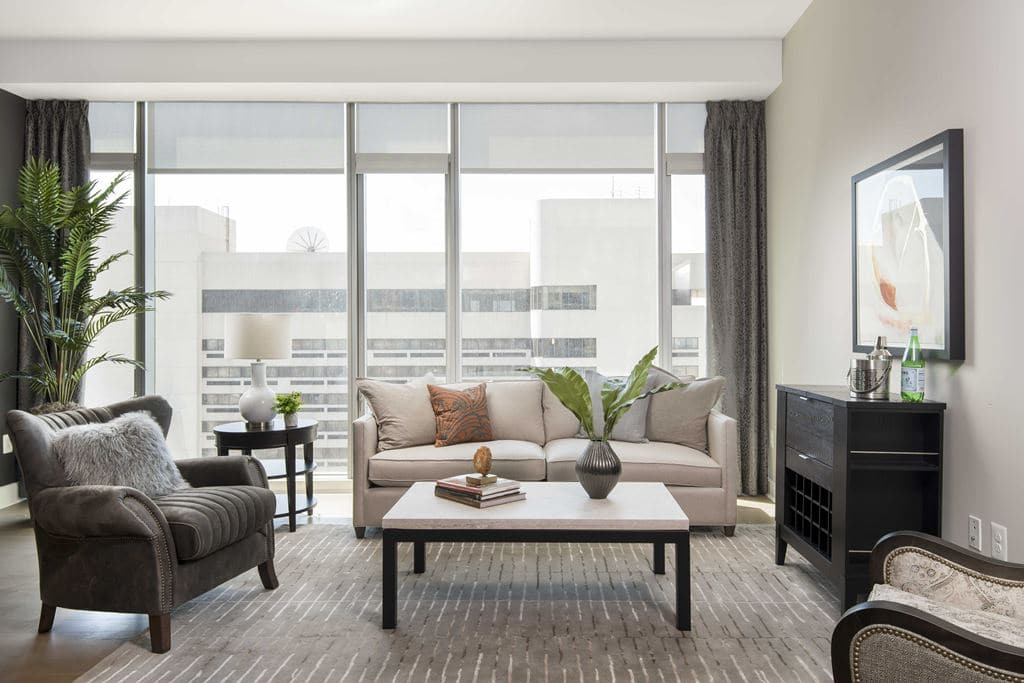Minimize to Maximize Rental Income: When Less Means More Money
Minimalism is on trend in fashion and in homes. It’s also a good mantra for maximizing rental income on an apartment. Getting the most out of your rental investment is as much about reducing costs and potential financial risk as it is about charging the right amount for rent. Check out these five ways to make the most of your rental unit by embracing a “less means more profit” approach.
1. Screen, select, and retain the right tenant
Getting rid of a bad tenant. Going through the hassle of filing an insurance claim or paying for tenant damages to your unit. Losing income due to broken leases. Choosing the wrong tenant can be costly. Good, reliable tenants go for well-maintained rentals in safe areas. If your unit’s location is not ideal, control what you can and keep the unit in top form to attract the highest quality tenant possible.
Tenant-finding Tips: Don’t skip the credit check! And take a cue from the trend in job interviews: Ask for references. Ask them to describe the traits of the two or three people they consider to be most influential in their life. Look for positive language and terms that reveal an upbeat, can-do attitude.
When in doubt, a leasing agent at Maxwell Realty can help connect you with the right tenants for your rental investment property.
2. Trim your tax burden.
Improvements, maintenance or other work done to rental units can be applied to reduce taxable profits, so landlords need to track, record and reflect all of these expenses on their annual income taxes. You can also apply an annual depreciation of your unit on your taxes because property, like vehicles and machinery, is classified as an asset. Mortgage interest can also be deducted from taxes, as can any travel related to your rental unit and use of a home office.
3. Reduce wear and tear damage.
A security deposit covers damages, not damages over time that occur with daily use. Landlords need to reduce the chance of damage occurring, and to maintain their rentals in top form as long as possible. Install tenant- and pet-friendly flooring like luxury vinyl plank or tile instead of hardwood or carpet. Mount towel bars and hardware into studs and install door stops to avoid wall damage. Forbid wall-mounted TVs. Install built-in shelving, bookcases, and storage. Built-ins mean an up-front investment, but they decrease the need for bulky furniture and reduce the risk of floor and wall damage to your unit.
4. Put on your DIY hat – and gloves and boots.
If you are handy – or willing to learn from YouTube videos – tackle smaller rental unit maintenance and repairs without hiring a contractor. If possible, visit your rental building regularly to check on electrical outlets, plumbing leaks, appliance operation, and to get an overall sense of how well your tenant is maintaining the property. Regular visits will help you nip problems early, before they turn into long-term, potentially costly, repairs. Of course, trust your gut: If a repair or maintenance item seems serious, call a pro.
5. Mitigate your risk by choosing the right rental insurance.
Homeowner’s policies typically do not cover renters or their possessions. Landlords who do not have separate landlord policies are at risk for financial loss due to property damage from natural disasters, fires, vandalism or tenant neglect, as well as from lost rental income if a property becomes unrentable or a tenant fails to pay. A good landlord’s policy will cover property damage; lost rental income; and liability protection. Look for a policy that gives replacement cost instead of cash value for claims.

